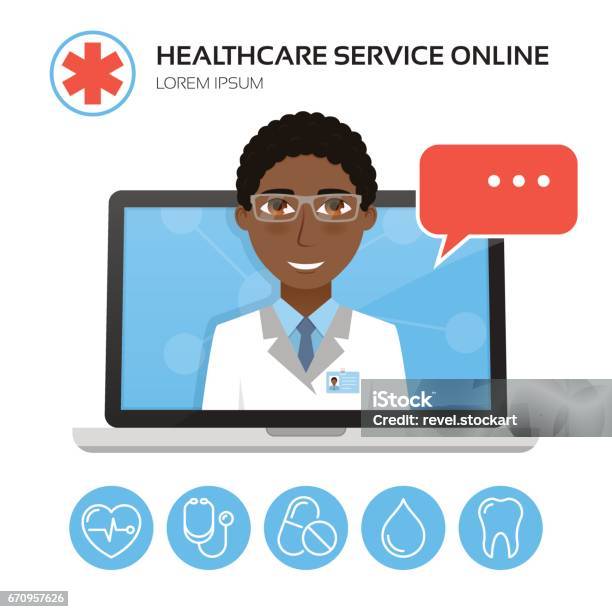Understanding the Cost-Effectiveness of Subscription-Based Healthcare Models
As the medical care landscape progresses, subscription-based designs emerge as an engaging option, promising to redefine how people handle medical expenditures. Assessing these models' cost-effectiveness necessitates a nuanced contrast with typical insurance policy, taking into consideration both economic implications and individual complete satisfaction. While they offer openness and predictability in costs, concerns stay concerning their ability to fulfill diverse healthcare demands, particularly for specialized therapies. The viewpoints of health care companies even more complicate this formula, presenting a diverse obstacle. What does the future hold for these models, and can they really deliver on their guarantee of easily accessible, budget-friendly treatment?
Overview of Subscription-Based Versions
Subscription-based medical care designs, in some cases referred to as straight medical care or concierge medication, are progressively acquiring attention as a possible option to ineffectiveness within conventional healthcare systems. These versions operate the principle of offering people direct access to doctor with a annual or monthly charge, bypassing the need for typical insurance coverage mechanisms. This setup intends to streamline patient-provider communications by decreasing management concerns, which frequently prevent tailored and prompt care.
At the core of subscription-based versions is the emphasis on an extra customized person experience. Clients gain from enhanced accessibility to their physicians, typically consisting of same-day or next-day consultations, extended examination times, and straight communication networks such as phone or video clip calls. This design cultivates a proactive technique to medical care, where service providers and individuals can collaboratively concentrate on preventative care and chronic illness monitoring.

Price Comparison With Conventional Insurance Coverage

Among the main monetary benefits of membership designs is openness in expenses. Individuals pay a foreseeable charge, which can streamline budgeting and monetary preparation. Additionally, these models generally get rid of co-pays and deductibles for covered services, reducing out-of-pocket spending. Conversely, traditional insurance policy might be extra useful for people needing specialized care or expensive treatments not covered under a membership design, as they take advantage of the broader insurance coverage network and cost-sharing devices.
Nevertheless, cost-effectiveness is context-dependent. While subscription versions might supply cost savings for those largely needing medical care, people with chronic problems or specialized healthcare requirements could discover conventional insurance policy extra comprehensive. Examining details healthcare demands and possible use is essential in figuring out the most cost-effective option for individuals.
Influence on Person Complete Satisfaction
Individual contentment within subscription-based healthcare models official website typically mirrors a substantial renovation over traditional insurance systems. This enhancement is mostly credited to the individualized treatment and access these versions offer. Patients frequently report higher complete satisfaction due to decreased wait times and the ease of scheduling appointments. Unlike conventional systems, where clients may experience delays in receiving care, subscription-based models ensure even more straight and prompt interactions with doctor.
In addition, the openness in costs linked with subscription-based health care eases the typical aggravations associated with unforeseen fees and intricate invoicing processes seen in standard insurance (subscription based healthcare). People appreciate recognizing the precise economic commitment upfront, bring about boosted trust and self-confidence in their healthcare administration
Additionally, the focus on preventive care and health in subscription versions contributes to enhanced wellness results, better enhancing person complete view publisher site satisfaction. By concentrating on recurring health and wellness upkeep instead of episodic treatment, patients experience a more all natural and continuous healthcare journey.
Moreover, the boosted provider-patient relationship promoted in these versions, characterized by more time spent per individual and personalized attention, plays a vital duty in elevating client fulfillment degrees, as people feel genuinely taken care of and comprehended.
Carrier Experiences and perspectives
From the company's perspective, subscription-based medical care versions supply a transformative approach to delivering medical services. These designs highlight a positive and preventative medical care approach, permitting providers to concentrate on extensive click here for info client care without the constraints of conventional fee-for-service arrangements (subscription based healthcare). This shift in focus often results in boosted client end results and boosted supplier contentment, as medical care experts can designate more time and resources to person involvement and customized care plans
In addition, registration designs help with predictable earnings streams, which improve financial stability for medical care suppliers. This predictability enables improved source planning and allocation, adding to a much more efficient medical care shipment system. Service providers can spend in personnel infrastructure, training, and innovation improvements, therefore improving the top quality of care supplied.
Nevertheless, the shift to subscription-based designs is not without challenges. Despite these obstacles, lots of carriers find that the benefits of enhanced individual communication and structured procedures surpass the first obstacles, making subscription-based versions an eye-catching option.
Future Prospects and Challenges

A primary difficulty is regulative compliance, as registration designs should follow advancing medical care policies and insurance needs. This requires continuous adjustment and advancement to guarantee placement with lawful standards. In addition, integrating these versions right into existing healthcare frameworks can be complex, calling for considerable investments in innovation and training.
There is also the possible risk of developing inequities in medical care access, as registration models could favor those that can manage them, leaving susceptible populaces underserved. Addressing this calls for thoughtful consideration of prices strategies and subsidy devices to guarantee inclusivity.
Verdict
Subscription-based health care designs provide a sensible choice to typical insurance by offering financial predictability and transparency, particularly benefiting individuals with chronic problems or constant medical care demands. The cost-effectiveness of these versions is contingent upon specific medical care use patterns and scenarios.
Subscription-based health care designs, in some cases referred to as direct primary care or attendant medicine, are increasingly obtaining focus as a possible option to ineffectiveness within standard health care systems. Unlike conventional systems, where patients might experience hold-ups in getting care, subscription-based models make certain even more prompt and straight interactions with healthcare providers.
These versions stress a preventative and proactive medical care method, enabling service providers to concentrate on detailed client treatment without the restrictions of conventional fee-for-service setups. As these designs continue to obtain traction, they offer the prospective to transform person access to care, streamline solution delivery, and maximize healthcare investing.Subscription-based health care versions provide a sensible option to traditional insurance coverage by offering monetary predictability and transparency, especially profiting individuals with persistent conditions or regular healthcare requirements.